Invisible Voices, Visible Realities
Between the anonymous power of art and its deathly mummification is a reality inhabited by the contemporary art world, both Indian and international, giving new voices and spaces to that which cannot be named, or perhaps, seen, but that which can still be, immutably and resolutely, felt and experienced
Daniel Connell
A woman holding a candle in front of the White House during the Vietnam War. ‘Why do you stand there alone?’ someone asks ‘you’re not going to change anything by doing that’. ‘I know,’ she says, ‘I am not standing so I can change them; I stand so that they won’t change me.’
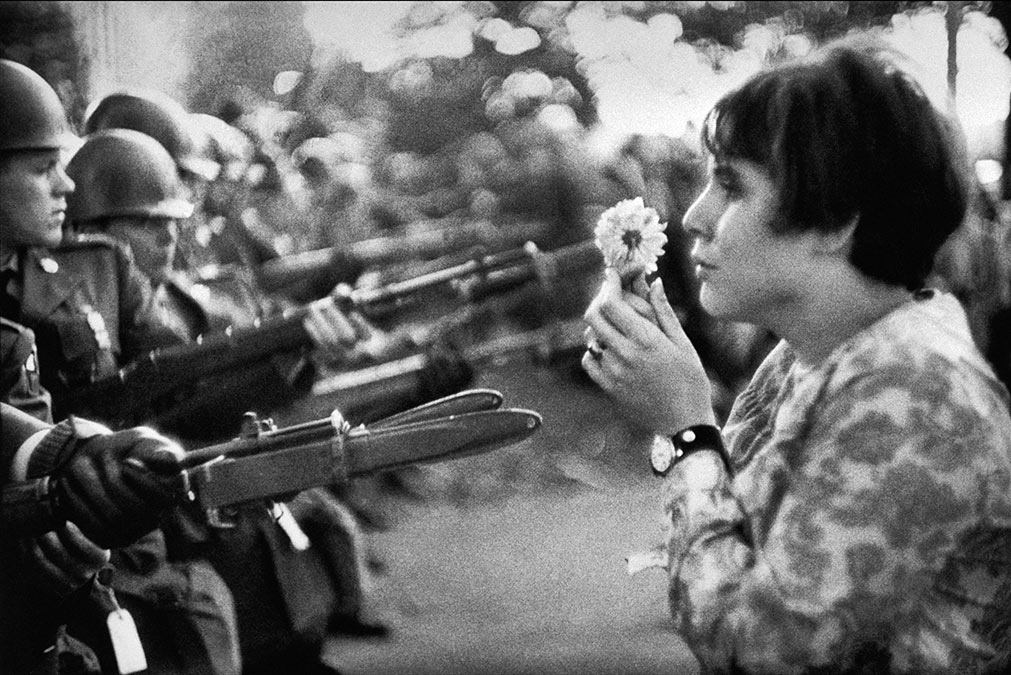
This story, urban myth or real, is a powerful descriptor of the anonymous performative of the work of art; the unknown silent body/object powerfully, silently, radically resisting the inertia of complicity and the expected cycle of devour or be devoured. That is, until that same body/object is coaxed and corrupted into becoming named and celebrated fodder for the capital machine. The pregnant silence of anonymity that is so revered as ‘authentic’ in the original act can become the deathly silence of gentrified complicity faster than we may think. The art object and the artist are always in danger of becoming the living dead, the sell out, the zombie art.
This is a reflection on two silences in the context of art: of anonymous power and of deathly mummification. Hal Foster in his 2015 book Bad New Days describes his concern about this zombification through the revival of old art, especially the re-staging of performance pieces. UK art critic Andrew Hunt elaborates: ‘Foster’s point is that performance is assumed as an automatic good, because it promises presence and is open to the audience in terms of an attempted transparency in art – you can see the work being made, it’s meant to activate the viewer – yet the purpose of these re-enactments isn’t for any specific community as it was in the 1970s. Now, such re-enactments exist simply to produce marketing images to promote the institutions that commission them. As such these works exist as “sophisticated holograms” or simulations in a hypermediated age’1. Re-staging old works or retrospectives are necessary, I am sure, but should perhaps be a small minority compared to support and engagement for new works.
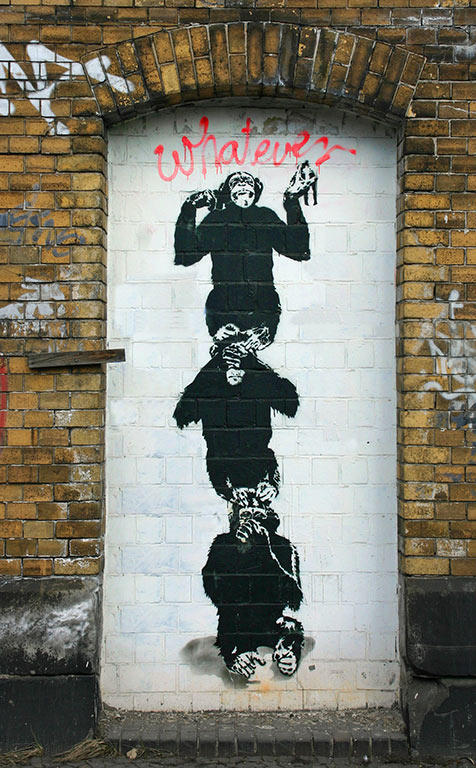
In the East, the current rush to museum-ify (mummify?) and collectionise art is of concern and points to the same phenomenon that Hunt alludes to; a glass-case saleable imperative, over continuous courageous radical rethinking. Has this contributed to the surprising and disappointing dearth of socially engaged practices in India? Or is this simply a sad consequence of India being the world’s second most unequal economy. The contemporary art industry in India is dependent on that wealthiest 1% of the population that has, according to Nisha Agrawal, CEO of Oxfam India, gained more income than the poorest 50% combined. We know well enough that 1% of India means the entire population of many countries, so it is not surprising that worlds can exist in blissful ignorance of other worlds and thrive undisturbed in a select economy but we need to talk about this. It is hard to be critical of India but rage against that silent zombification of art and society we must, just to show how much we love her. In the West, we simply do not have the vital sub-cultural diversity that India has. It was super-marketised long ago, and all things too difficult to standardise were discarded.

I don’t mean the languages and the ‘colour’, these are very marketable; I mean the way people speak to each other, what people wear and how, I mean the markets and the raw un-gentrified spaces and relationships, the looks on people’s faces and unique lively existences one can only apprehend in India. India is a social resource for the world to remind us all how people can be multiple. Social phenomena as yet un-harnessed and even un-named, like the unknown flowers of the rainforest, are tragically being razed on a daily basis to make way for the new metro cities. The art world is complicit in this, smoothing the dying pillow with a mansplaining voice that shushes the protest: ‘It’s ok’, they say, ‘we will have a slo-mo video art work in a white cube gallery lamenting the passing of the rich human diversity. You can see it while you sip your latte.’ The contemporary art world in India is an example of possibly the most elite and aloof in the world in terms of its detachment from the population as a whole simply because of those vast economic and class chasms unique to India, but this elite museum trend, while understandable in a climate of privatisation, is zombifying. Those who are trying to undermine it with socially engaged practices, critical analysis, anonymous art and any other non-gallery radical shifts need support.

‘MAKE YOUR OWN DAMN ART’ scream Bob and Roberta Smith’s wall pieces. In loud, but silent painted text, they say what many artists feel. The author is exiting the scene and the protesting painting is left in silence to say: enough already, tired of being packaged and sold; tired of the art world and too long used.
The anonymous models of art so often go with resistance, and by anonymous I don’t mean totally unidentified, I mean where authorship and or ‘self expression’ takes a back seat to investigation and reclamation: Hip Hop, Occupy, the generous work of illegal street artists, the lonely zine makers, yarn bombers and stone arrangers, the vintage cups and saucers, original drawings and framed paintings glued to walls as free visual gifts to enchant and confuse passersby. The collaborative model of many indigenous art practices continues to confound the commercial gallery model. These stand as silent and living as do the ongoing researchers petition writers and those who resist saleability.
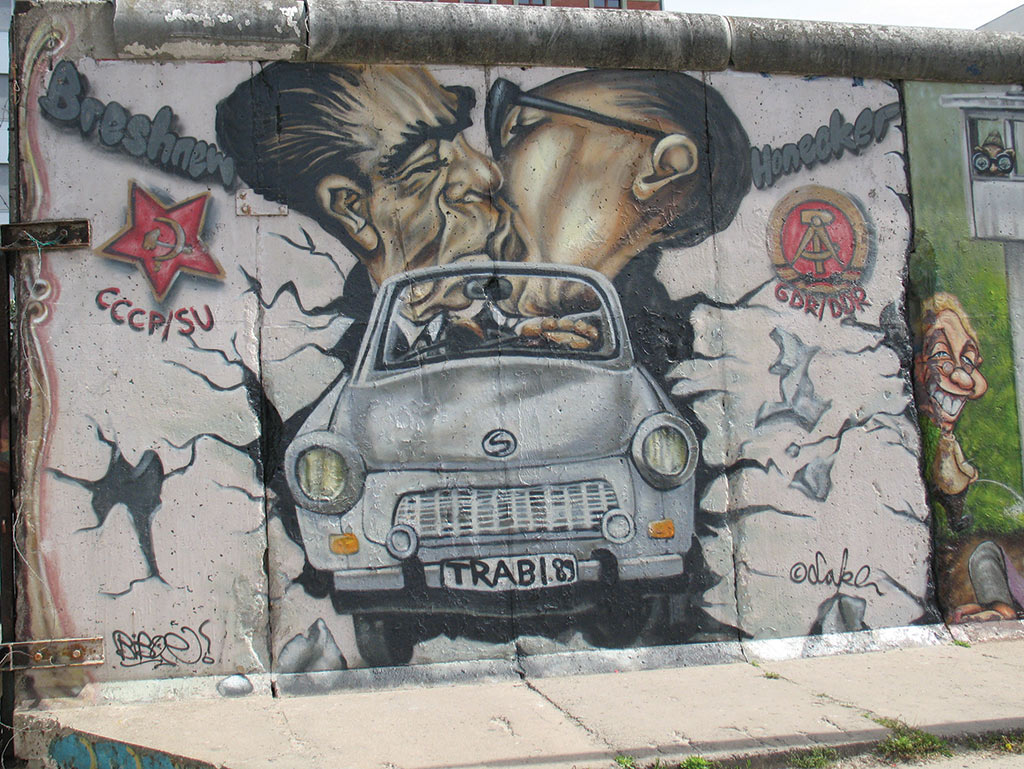
When artists walk away from authorship, they often walk away from remuneration, although I am still not sure if Banksy’s estimated worth of more than $20 million is in theory or liquid cash. They also walk away from the compromise of having to perform the civic function that the state so often wants and needs them to do.
Art writer Claire Bishop bemoans the exploitation of artists to cleanse the conscience of institutions and mask the damage done by government policies and actions. The same governments which are cutting funds to community housing, welfare services, parks or education, instrumentalise artists on a project-by-project basis as a way of making works that promote community values, but don’t challenge the destruction of communities. Bishop writes: ‘the community arts movement found itself subject to manipulation and eventually instrumentalisation by the state. From an agitational force campaigning for social justice (in the early 1970s), it became a harmless branch of the welfare state (by the 1980s): the kindly folk who can be relied upon to mop up wherever the government wishes to absolve itself of responsibility.’ (Bishop, C., Participation and Spectacle: Where Are We Now? CUNY 2011). This was echoed in cautionary comments after Assemble won the Tate prize in 2015 with their refurbishment of housing in South Liverpool UK.
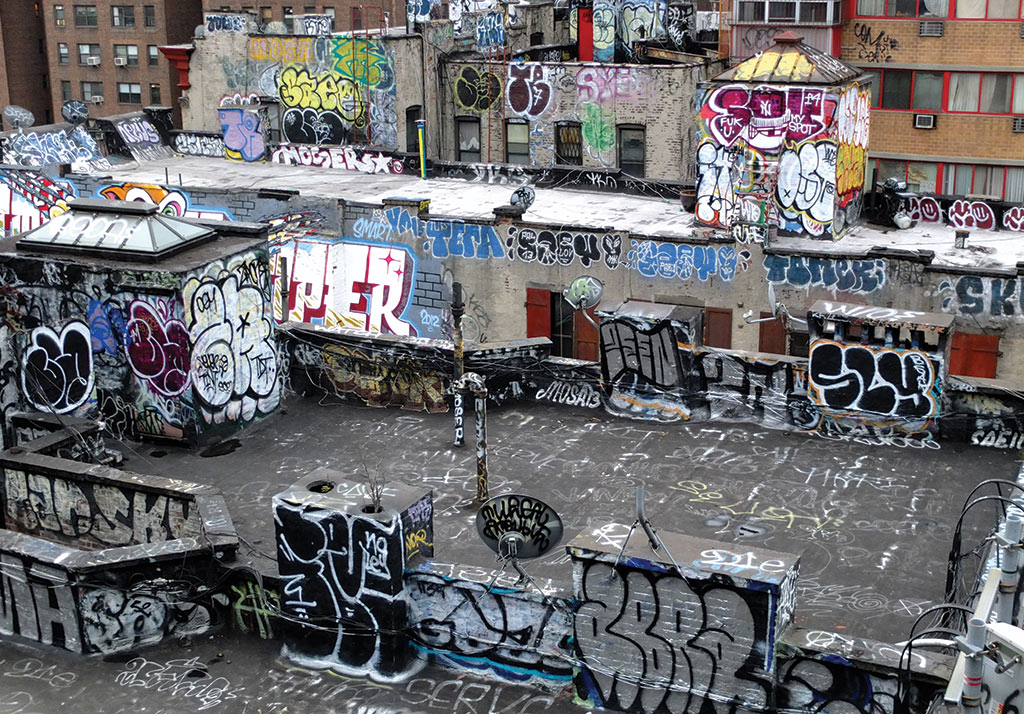
The presence of one driving question is perhaps the only thing common to every work of art. That question an artist asks is, what is really going on? What is going on inside me? What is going on outside me? What is going on when he says that to her? What is going on in Syria? What is going on in the bowl of fruit? What is going on with the figure before me? What is really going on and how can I know it better? Asking the question breaks the silence of not knowing and ushers in the silence of deep looking and even deeper seeing; the silence of waiting. Dogma wants to answer this question, and zombie art is bereft of questioning.
I remember reading a creed posted on my art school wall, a 10 commandments of what not to do as an artist. One which stuck was: ‘Thou shalt not think that a protest consists of making a work about an issue; a painting about a rainforest is not the same as saving a rainforest.’
The curatorial collective platform of DAM Projects formed by Morgan Quaintance, Daniella Rose King and Amanprit Sandhu is inspiring for its persistence in unmasking the neo-colonial. It states upfront that it is inclusive and anti-elitist. Both surprising and refreshing to see Marxist sentiment in the first line of such a sophisticated contemporary art collective today. Quaintance and Dam Projects speak to Indian young creatives as third generation post-colonial thinkers in a way that many international art people don’t get. Their perspective along with the Decolonial Aesthetics is indispensable for forging a new non-Western contemporary art within a global artistic, social and political relevance.
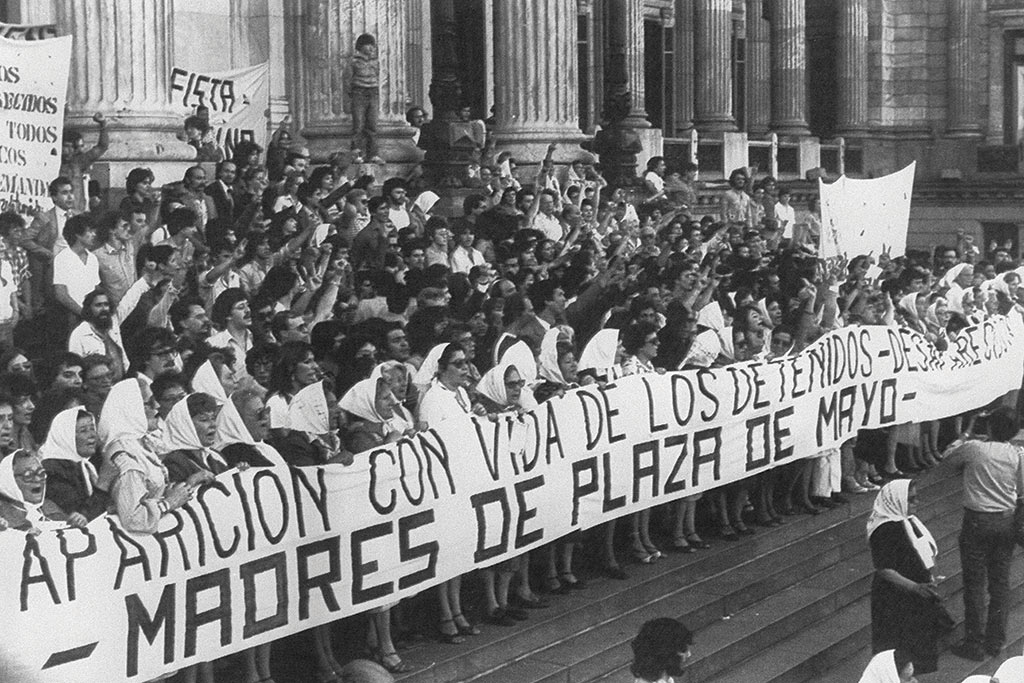
Artist Avtar Brar writes about, ‘(shifting), identity politics towards the ‘politics of identification’; in other words silencing the spectacle of the encounter cacophony to hear what people are saying. The lone woman with a candle, the mothers of the disappeared of the Plaza de Mayo are identified but anonymous; obdurate to the conquerors. The silence of the living, not the dead.
_______________________________________________________________________________________________________________
1. Feb 17, Art Monthly, 403
Share